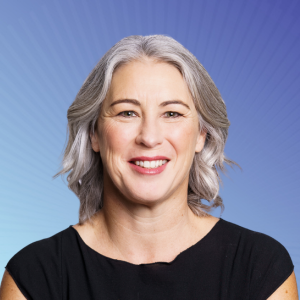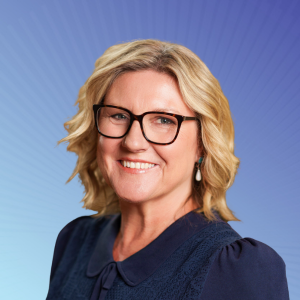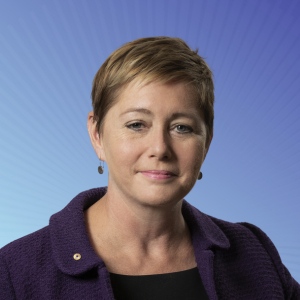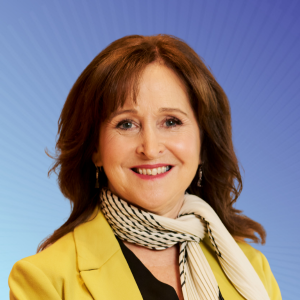Recently I participated in an ASFA briefing canvassing these issues and was delighted to be joined in conversation by Kathryn Forrest (TelstraSuper), David Evans (Aware Super) and Tim Jenkins (Mercer).
Change is a constant
Nothing has been more constant in the last two years than change followed by more change. Just as we were dealing with the effects of Putting Members’ Interests First (PMIF) and Protecting Your Super Package (PYSP), which KPMG says caused a 12 per cent reduction in insured members, we were hit by the COVID-19 pandemic. While the economic impacts of the virus in Australia are not likely to be as severe as first predicted, with the possible exception of the JobKeeper program ceasing, the impacts of lengthy lockdowns are likely to lead to an increase in mental-health related claims. This will put further pressure on the affordability and sustainability of insurance.
As 2021 approaches, and in conjunction a number of impending regulatory reviews, it is incumbent on funds to understand the complexity of these and other external factors and to leverage the advisory capability of key partners to respond to the challenge. For example, is the fund’s insurance design fair and reasonable to their cohort of members, and does it strike the right balance of affordability in order to be sustainable?
Default cover in super is delivering for members. They value it.
It is clear that default or automatic life cover inside superannuation is delivering value for members and must continue to be supported. 70 per cent of all life insurance premiums in Australia flow through the superannuation system. It is the primary channel of accessing life insurance, and there will be significant costs to the community if there are changes to the system.
While speculation continues about its efficacy, the numbers do not lie. The system is working as it should, and this is reflected in APRA’s claims handling and dispute statistics for the 12 months to 30 June 2020. The data shows that almost 91 per cent of all TPD claims made through superannuation funds were admitted, with this figure rising to almost 96 per cent for IP. Simply put, members are benefiting from their insurance in super, which is demonstrating value for money and delivering excellent member outcomes.
But we acknowledge there is always room for improvement
According to ASIC Report 673, which examined engagement of consumers with insurance inside super, some fund members said they found the process of engaging with their insurance difficult and couldn’t easily seek information about insurance arrangements or make changes. Specifically, about a third of members said they felt confused, overwhelmed, or uncertain about their cover. But this does show that two thirds of members did understand and value their cover.
While we accept there is room for improvement, we believe there is good baseline engagement with insurance. As Kathryn Forrest from TelstraSuper explained, 27,000 of its members were at risk of insurance closure as a result of PYS and PMIF, however 40 per cent took action to retain their cover. This shows a high level of member engagement.
Further, research from Aware Super into its members’ attitudes to life insurance revealed that while they found it confusing, they wanted more engagement in their insurance overall, and they wanted funds to help them do this. As David Evans pointed out, there is no reason why without a greater use of digital support this cannot be achieved.
The shift towards greater personalisation of cover
Whilst automatic default provisions provide most Australians easy access to insurance cover, there is clearly a shift taking pace towards greater personalisation of cover through voluntary means. It is up to funds and insurers to provide avenues to help members easily adapt their cover to suit their needs.
The research from Aware Super reveals that members want more control of their insurance and, encouragingly, members believe automatic cover helps prompt them to consider their needs. For IP, members expect the level of cover should be tailored to their circumstances.
The limitation of the 1 per cent cap under the Voluntary Code will force funds to re-evaluate their TPD and IP coverage mix. Before reducing overall insurance premiums a member pays, a fund should give deep thought to the objectives and respective claims philosophies of both disability covers and how this is likely to optimise member outcomes at different life stages. Examples may be to reduce replacement ratios on IP or reduce TPD sum insureds in line with broad needs across the membership base.
What does the future hold?
Change in superannuation is a constant, and the industry is already abuzz at what 2021 might hold. The Australian Government’s Your Future, Your Super policy proposals challenge funds and insurers alike. The ASFA discussion highlighted concerns with the introduction of stapling, which from an insurance perspective could mean that members risk having insurance arrangements that do not match their employment circumstances. As an example, people that move from a low risk occupation to a more hazardous industry may be disadvantaged. Unless these people make a deliberate decision to change funds as they change their job, they may find their default cover is not suitable when they need it the most.
As we work through these challenges and the others that will inevitably emerge, there is one truth to which we must always return: we are stronger together. In my view it is essential for super funds and insurers to continue to share ideas and information, to collaborate and to actively support each other. Working together in this way is the best way to make sure we deliver for members both now, in our new reality, and into the future, whatever it holds.




































